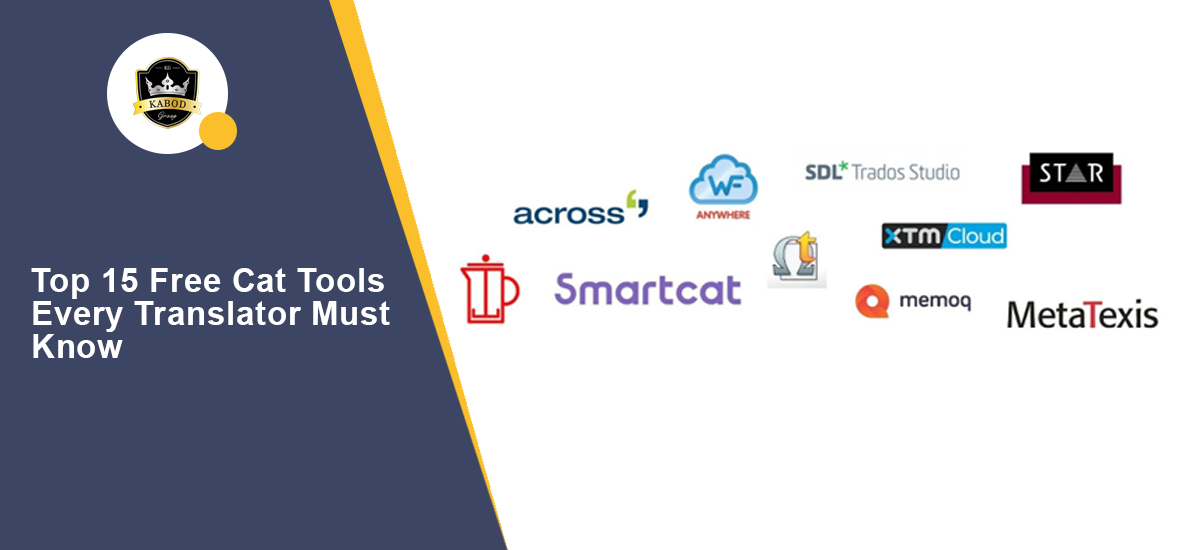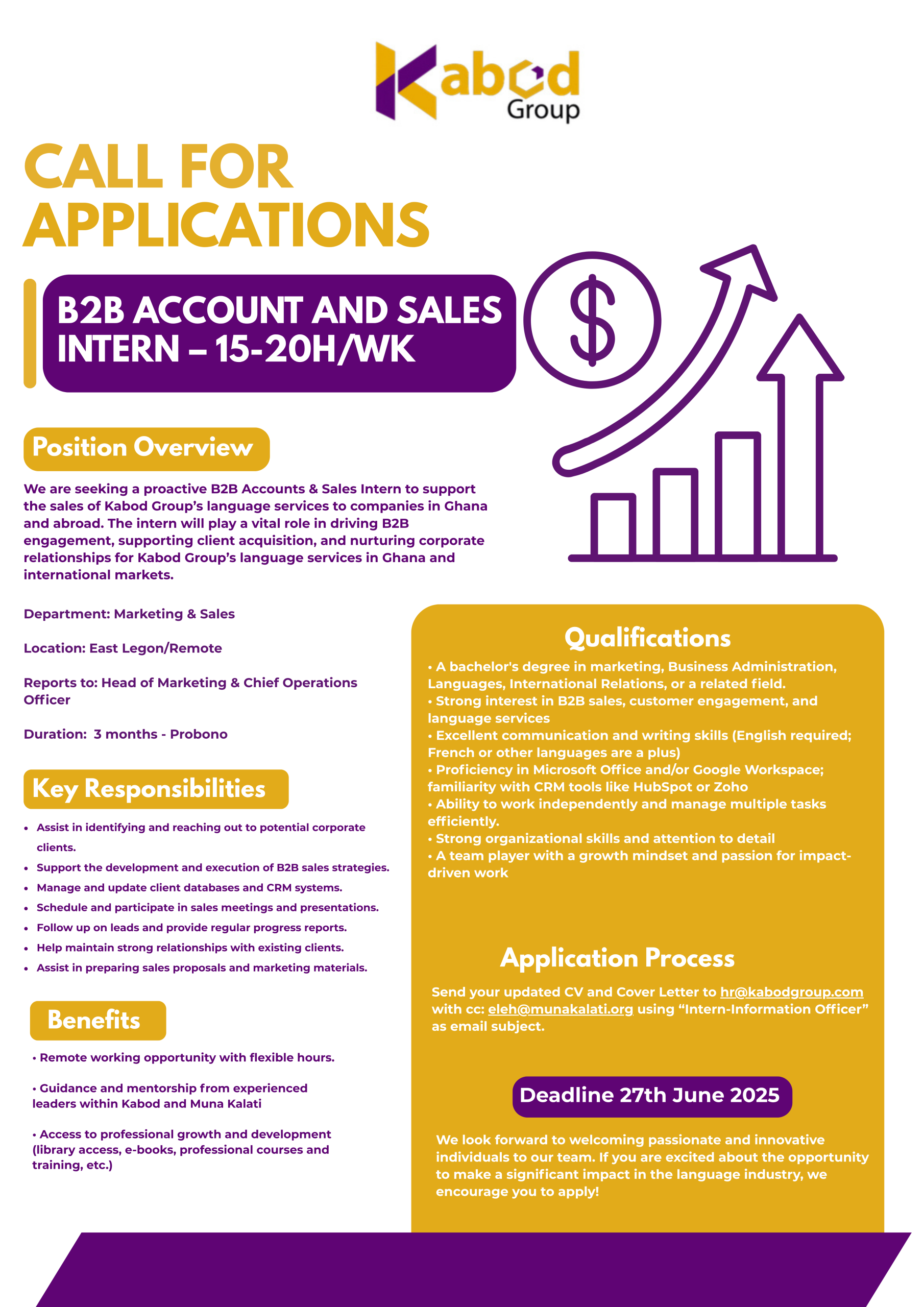Are you a translator looking for ways to boost your productivity and make more profit?
This is what you need:
Get yourself a CAT (Computer-Assisted Translation) tool! And this article provides you with a variety of free CAT tools that you can use as you prepare to get a paid one someday.
Advancement in technology has allowed the development of numerous translation software programs that facilitate the translation of different text types more efficiently and expeditely. An example of these tools are CAT tools. This article will demystify the concept of CAT tools and aid you in choosing those suitable for you, while indicating those that are free of charge.
What are CAT tools?
CAT (Computer-Assisted Translation) tools have been designed to help translators in boosting productivity, translation quality and consistency. They facilitate editing, storing previous translations and using them for future projects. They include Wordfast, OmegaT, Trados, MemoQ, Memsource, Déjà Vù, Metatexis, Isometry, Phrase and a non-exhaustive list.
Features of CAT tools
There are many CAT tools on the market lately with different features included. Nevertheless, modern CAT tools tend to share several common features, namely:
- Translation memory: is a record of previously created translations that is aligned with source texts. As soon as the translation memory finds identical translation segments in a new translation project, it automatically allows you to reuse your previous translations with or without making changes.
- Term base: also known as translation glossary, is a database providing definitions for the use of translated terminology. It ensures accuracy and consistency of common terminology across translation projects.
- The ability to work on almost any format: PDF, DOC, XLSX, PPT, RTF, HTML, XLF/XLIFF, SDLXLIFF/TTX, Java, InCopy…
- Bilingual format: it makes the translation process easier.
Top 15 free CAT tools

There are many CAT tools on the market lately with different features included. Nevertheless, modern CAT tools tend to share several common features, namely:
- Translation memory: is a record of previously created translations that is aligned with source texts. As soon as the translation memory finds identical translation segments in a new translation project, it automatically allows you to reuse your previous translations with or without making changes.
- Term base: also known as translation glossary, is a database providing definitions for the use of translated terminology. It ensures accuracy and consistency of common terminology across translation projects.
- The ability to work on almost any format: PDF, DOC, XLSX, PPT, RTF, HTML, XLF/XLIFF, SDLXLIFF/TTX, Java, InCopy…
- Bilingual format: it makes the translation process easier.
Top 15 free CAT tools

There are two groups: desktop and cloud-based CAT tools. While desktop CAT tools are installed locally on your computer and can be used regardless of internet availability, cloud-based CAT tools require no installation but internet access. Most CAT tools are nowadays cloud-based.
A. Desktop CAT tools
1.OmegaT
OmegaT is an open-source software that facilitates translations (in Java) and runs on desktop computers (Windows, Linux and MacOS). It is compatible with Trados files, provides general translation and user glossary functionality, supports about 30 file formats including Microsoft Word, Excel, Power, XHTML and HTML, and Open Document Format. Download OmegaT
2.Similis
Similis provides its users with a translation memory and supports XML, HTML, MS Word, OpenOffice, as well as Trados files.It offers a translation tool which allows you to translate Microsoft Word documents in interactive mode linked to a Similis server which helps to manage and pre-translate documents as well as helping with translation memory, glossaries, and alignment. The server deals
with all linguistic processes and stores data (memory, vocabulary etc.). Download Similis.
3.CaféTran Espresso
Offering numerous powerful features such as MT integration, one-click replacement of suggested text, smart auto-completion as well as a customizable interface, it is a unique CAT Tool that can be used on Mac, Windows and Linux. With the free copy of CafeTran Espresso, you can access the tool forever. It allows you to work with TM files under 1000 TU’s in size and glossaries under 500 wordings/words. Download Cafetran
4.Anaphraseus
Anaphraseus is a Wordfast macro for OpenOffice and works in the same way as Wordfast. It offers a TM editor, a translation tool, editing, and glossary creation. Download Anaphraseus
5.Poedit
It is a localization management platform suitable for App localization, websites and game localization. Furthermore, it carries a traditional yet user-friendly interface that helps to start translating tools for WordPress translation. It syncs with popular repositories like GitHub, GitLab, Bitbucket, and Azure, enables translators to review the translation history of a string and recover previous translations if needed and provides an option to crowdsource translations for your software. Download POEdit
6.Foreigndesk
It is an open-source software produced by the Lionbridge company. Not only that, but it runs on Windows and offers: An integrated translation environment (translation memory, terminology management, contextual visualization and translation assistance)
– Possibility to add native support for new file formats
– Option to add native support for new file formats
– A project management assistant.
Download Foreigndesk
7.G-translator
G-translator is a specialized translation tool that translates software and is programmed for use on GNOME desktop environments. It is a po. file editor, similar to the PO edit method used by gettext for the GNOME desktop environment. It processes all po file formats, compiled (gmo/mo), compressed (po.gz/po.bz2 etc.) and all the utilities of a text editor such as find/replace, automatic translation, learning transcribed messages, a message table, and easy navigation through messages and comments. Download G-translator
B. Cloud-based CAT tools
8.MateCat
Well-known for offering a wide variety of features, MateCat is a free online CAT tool that is solely focused on giving its users access to machine translation databases in order to improve their working efficiency. It has the largest translation memory of approx. 12 billion words. Users can simplify urgent project management by easily splitting the rush projects as teams of various fields like translators,
quality, etc., work simultaneously on the same project.
9.Pootle
Pootle is an open-source online translation management tool designed specifically for translating applications. It provides its users with an easy-to-use interface. Due to its easy use, Pootle is preferred by many translators and companies worldwide. Users can have the benefits of translating in any language being spoken worldwide and receive suggestions for continuous translations.
10.Wordfast Anywhere
As the name suggests, Wordfast Anywhere offers a connection to public translation databases. However, it must be used online. It allows its users to create private Term Bases (TBs) and Translation Memories (TMs). As it runs on a web browser, different users can easily collaborate and work together on a translation project.
11.SmartCAT
SmartCAT has great advantages of being free, user-friendly, and comprehensive. It offers collaborative space and freelance marketplace.
12.Across
Offering a complete translation environment including terminology management, translation memory, quality assurance, and project management, Across is a fully-featured CAT tool. It is compatible with Word Excel, PowerPoint, XML, HTML, InDesign, FrameMaker, rc, exe, dll. While the basic edition is available for free, the premium version can be used on a monthly-charge basis.
Download Across
13.GlobalSight
An open-source translation management tool, GlobalSight streamlines, automates, and manages localization processes of firms and can be used by translators, project managers, and editors alike.
14.Virtaal
It is a multi-format translation tool with a specific focus on software translation only. Written in the Python programming language, Virtaal is developed and maintained by Translate.org.za. Moreover, it includes a translation management tool and also gives access to machine translation. It is the best option for beginners as it provides tutorials and guides to users, provides quality checks, thereby
alerting users, and displays previous translators’ comments for reference.
15.Lokalise
It is designed specifically for software translation and also integrates external tools for the translation of documents. Lokalise is trusted by thousands of companies worldwide as it focuses on productivity and quality assurance. It allows agile teams to translate all their digital assets in one place. Users can translate applications from Lokalise through mobile too.
Conclusion
CAT tools are packages that help translators with the translation process. They can reduce the amount of time it takes to translate a document by simultaneously working on text segments, reducing redundancies and identifying context. Whether it’s a translation agency or freelancer, being able to support CAT Tools is a great asset. Indeed, the current job market is saturated therefore, with the help of the aforementioned, one can comfortably stand out as a translator. Should you intend on working with international organizations, learning how to use a few among the list would be quite beneficial to you.
Was this article beneficial to you? You can comment with the name of some of the CAT tools you are familiar with that have not been mentioned in this article




